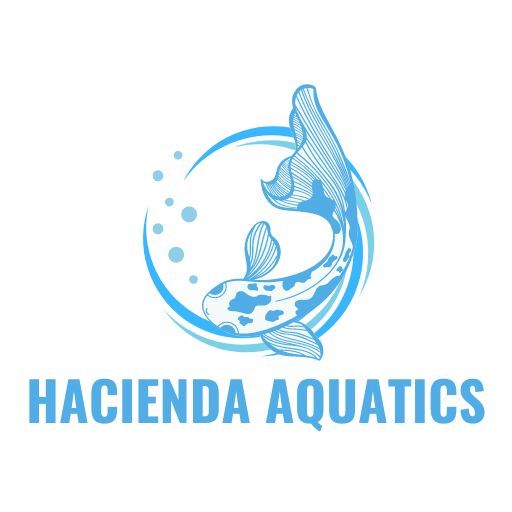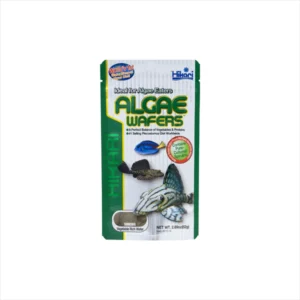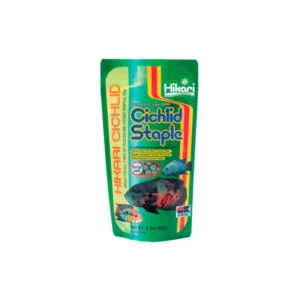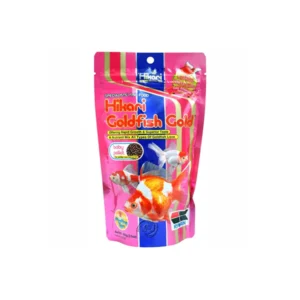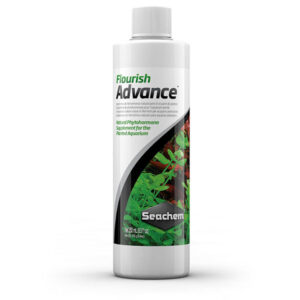Feeding your fish is more than just a daily routine—it’s about understanding their dietary needs and providing them with the best nutrition possible. Let’s dive into the various types of food for aquarium fishes and how to choose the right one for your finned friends.
Types of Food for Aquarium Fishes
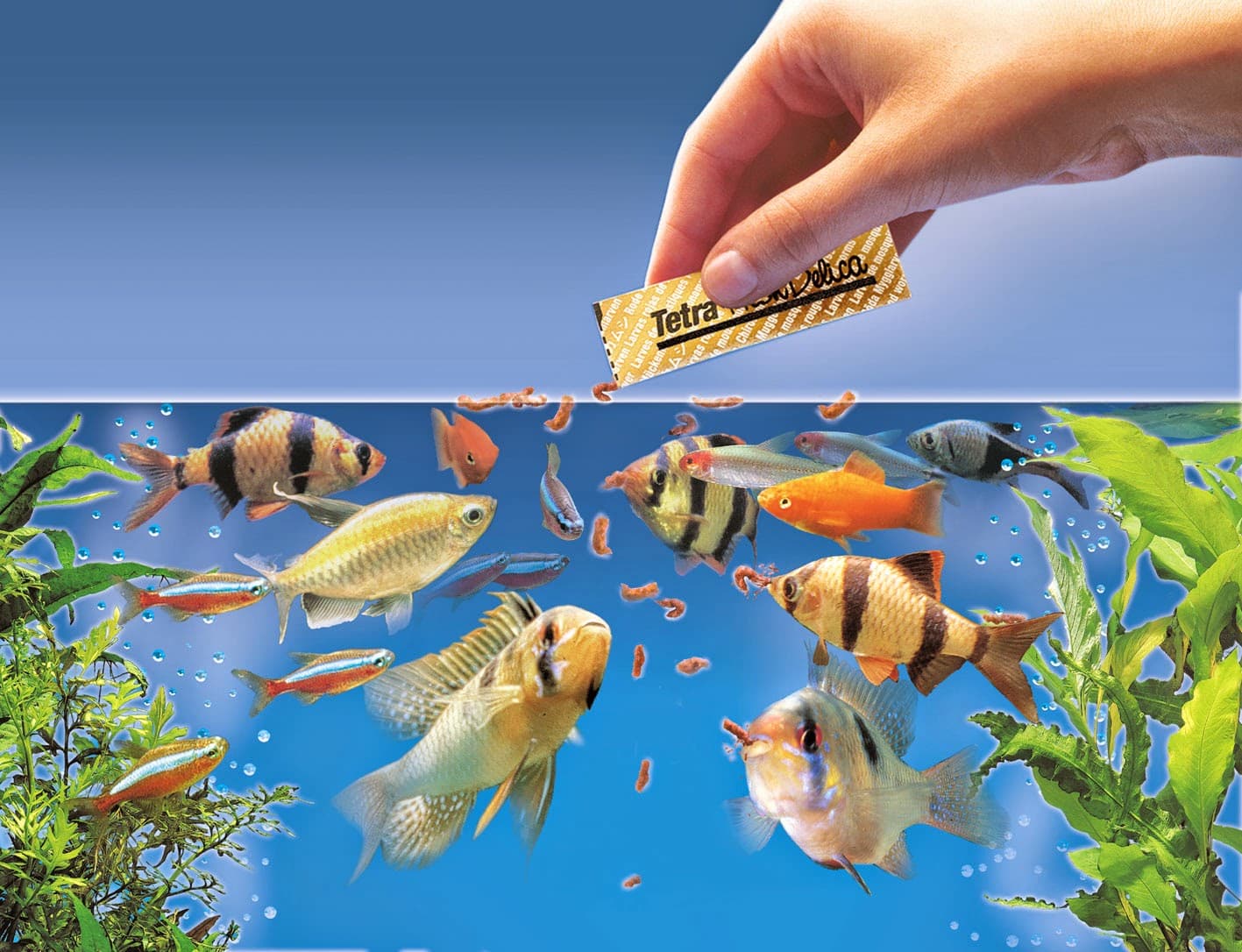
When it comes to food for aquarium fishes, there are several types to consider. Each type offers different benefits and is suitable for different kinds of fish.
Flake Food
Flake food is the most common and widely used type of food for aquarium fishes. It’s convenient, easy to store, and designed to float on the water’s surface, making it ideal for top-feeding fish.
- Benefits: Easily digestible, balanced nutrition, long shelf life.
- Best For: Community tanks with a variety of fish species.
Pellet Food
Pellet food comes in two varieties: floating and sinking. It is denser than flake food and is suitable for a wide range of fish.
- Benefits: Less messy, good for bottom feeders, and high in nutrients.
- Best For: Larger fish and those that feed at mid-level or bottom.
Frozen and Freeze-Dried Food
Frozen and freeze-dried foods are excellent options for providing a more natural diet. They often include bloodworms, brine shrimp, and other natural prey items.
- Benefits: High in protein, closer to the natural diet, and great for picky eaters.
- Best For: Carnivorous and omnivorous fish.
Live Food
Live food, such as brine shrimp, daphnia, and worms, can be a treat for your fish. This type of food mimics their natural hunting behavior.
- Benefits: Stimulates natural feeding behaviors, high in nutrients.
- Best For: Predator fish and growing fry.
Nutritional Needs of Aquarium Fishes
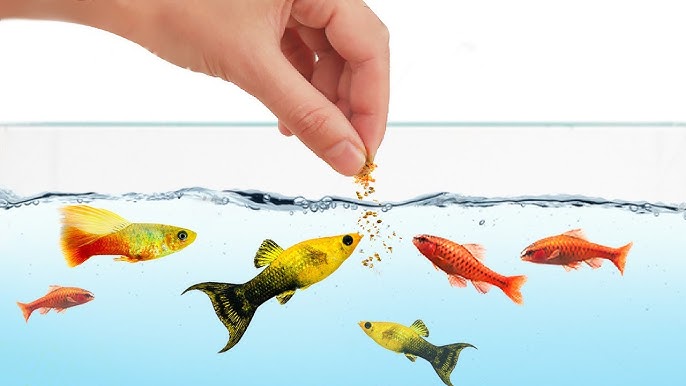
Different fish species have different dietary needs, and understanding these needs is crucial to selecting the right food for aquarium fishes.
Carnivorous Fish Diets
Carnivorous fish, such as bettas and cichlids, require a diet high in protein. This can be achieved with frozen or live foods, as well as high-protein pellets.
- Examples: Betta fish, Oscar fish, Arowana.
- Food Types: Bloodworms, brine shrimp, feeder fish.
Herbivorous Fish Diets
Herbivorous fish, like many species of plecos and some cichlids, need a plant-based diet rich in fiber.
- Examples: Plecostomus, certain types of cichlids.
- Food Types: Algae wafers, spirulina-based foods, fresh vegetables.
Omnivorous Fish Diets
Omnivorous fish thrive on a balanced diet of both plant and animal matter. This type of diet can be easily provided with a mix of flakes, pellets, and occasional live or frozen foods.
- Examples: Goldfish, guppies, mollies.
- Food Types: Flakes, pellets, vegetable matter, occasional live or frozen foods.
Specialized Diets for Unique Fish Species
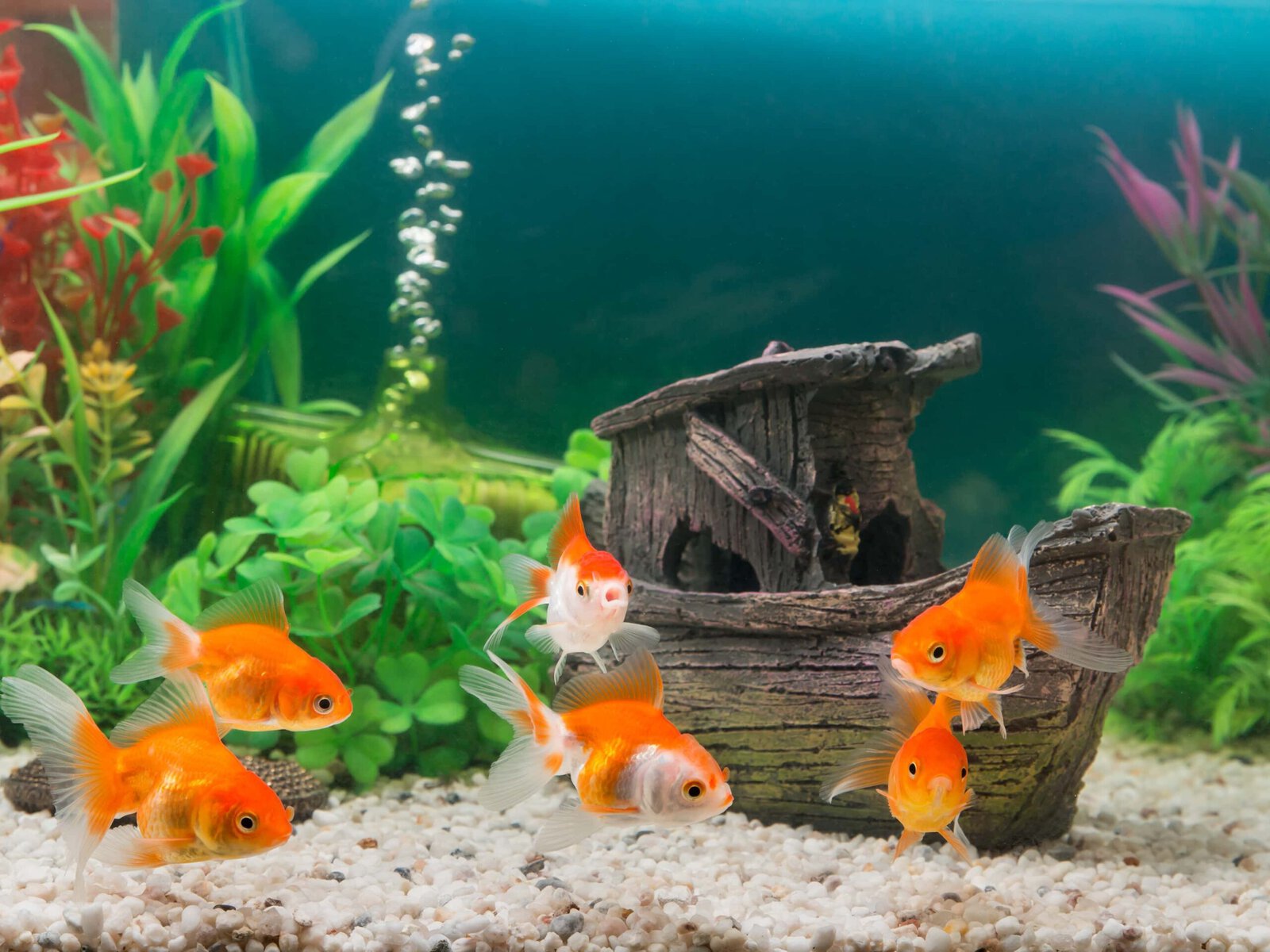
Some aquarium fish have unique dietary needs that require specialized food.
Discus Fish Food
Discus fish are known for their finicky eating habits and require a diet that is high in protein but easy to digest.
- Recommended Foods: Discus pellets, frozen bloodworms, and beef heart mix.
- Feeding Tips: Feed small amounts several times a day to prevent waste buildup.
African Cichlid Food
African cichlids are omnivorous with a tendency toward herbivory. They thrive on a diet that includes both plant and animal matter.
- Recommended Foods: Cichlid pellets, spirulina, and fresh vegetables.
- Feeding Tips: Avoid overfeeding, as these fish are prone to bloat.
How to Properly Feed Aquarium Fishes
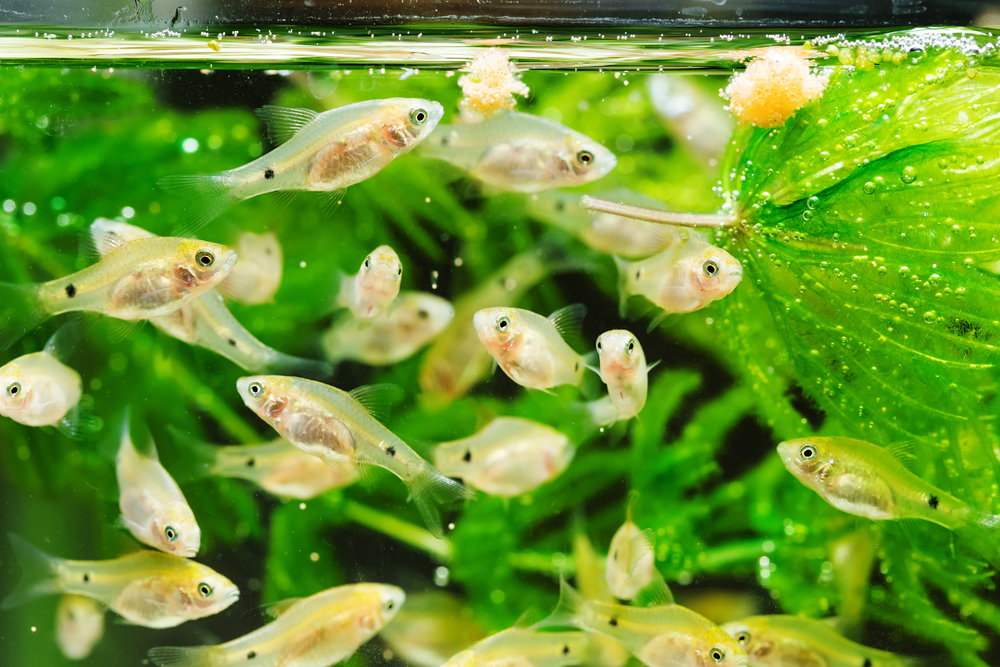
Feeding your fish properly is just as important as choosing the right food.
Portion Control
Overfeeding is a common mistake that can lead to poor water quality and health problems in fish.
- Guidelines: Only feed as much as your fish can consume in 2-3 minutes.
- Frequency: Most fish do well with 1-2 feedings per day.
Feeding Techniques
Different fish species have different feeding behaviors, which may require varied techniques.
- Top Feeders: Use floating foods like flakes or pellets.
- Bottom Feeders: Use sinking pellets or wafers.
Importance of Variety in Diet
A varied diet is essential for providing all the necessary nutrients and preventing dietary deficiencies.
Mixing Food Types
- Combining Flake and Frozen Foods: This ensures a balance of essential vitamins and proteins.
- Adding Vegetables: Fresh vegetables can be a great addition to the diet of herbivorous and omnivorous fish.
Common Mistakes in Feeding Aquarium Fishes
Many aquarists make common mistakes that can impact the health of their fish.
Overfeeding
Overfeeding can lead to excess waste, algae growth, and harmful spikes in ammonia levels.
Solution: Stick to a strict feeding schedule and portion sizes.
Feeding Only One Type of Food
Feeding only one type of food can result in nutritional deficiencies.
Solution: Incorporate a variety of foods into your feeding routine.
DIY Fish Food: Is It Worth It?
Making your own fish food can be a rewarding experience and ensures complete control over what your fish eat.
DIY Recipes
- Gel Food: A popular DIY option made from unflavored gelatin, vegetables, and fish food.
- Blended Foods: Blending fresh ingredients like shrimp, fish fillets, and spinach.
Reading Labels: What to Look For in Fish Food
When purchasing commercial fish food, reading the label is crucial to ensure it meets the dietary needs of your fish.
Key Ingredients
- High-Quality Proteins: Look for fish meal or shrimp meal as the first ingredient.
- Essential Vitamins and Minerals: Ensure the food includes added vitamins for a balanced diet.
Seasonal Feeding: Adjusting Diet for Different Seasons
Fish may require different feeding strategies depending on the season or water temperature.
Winter Feeding Tips
- Reduced Metabolism: Fish have slower metabolisms in colder water, requiring less food.
- Adjusting Portions: Reduce feeding frequency and amount during colder months.
The Role of Supplements in Fish Diets
Sometimes, adding supplements can help boost the overall health of your fish.
Types of Supplements
- Vitamins: Vitamin-enriched foods or liquid supplements can prevent deficiencies.
- Probiotics: Promote digestive health and boost immunity.
Conclusion
Providing the right food for aquarium fishes is vital for their health and wellbeing. With so many options available, it’s essential to understand the dietary needs of your fish species and to offer a balanced, varied diet. Whether you prefer commercial foods, live foods, or even DIY recipes, the key is to ensure your fish are getting all the nutrients they need to thrive. By following the
